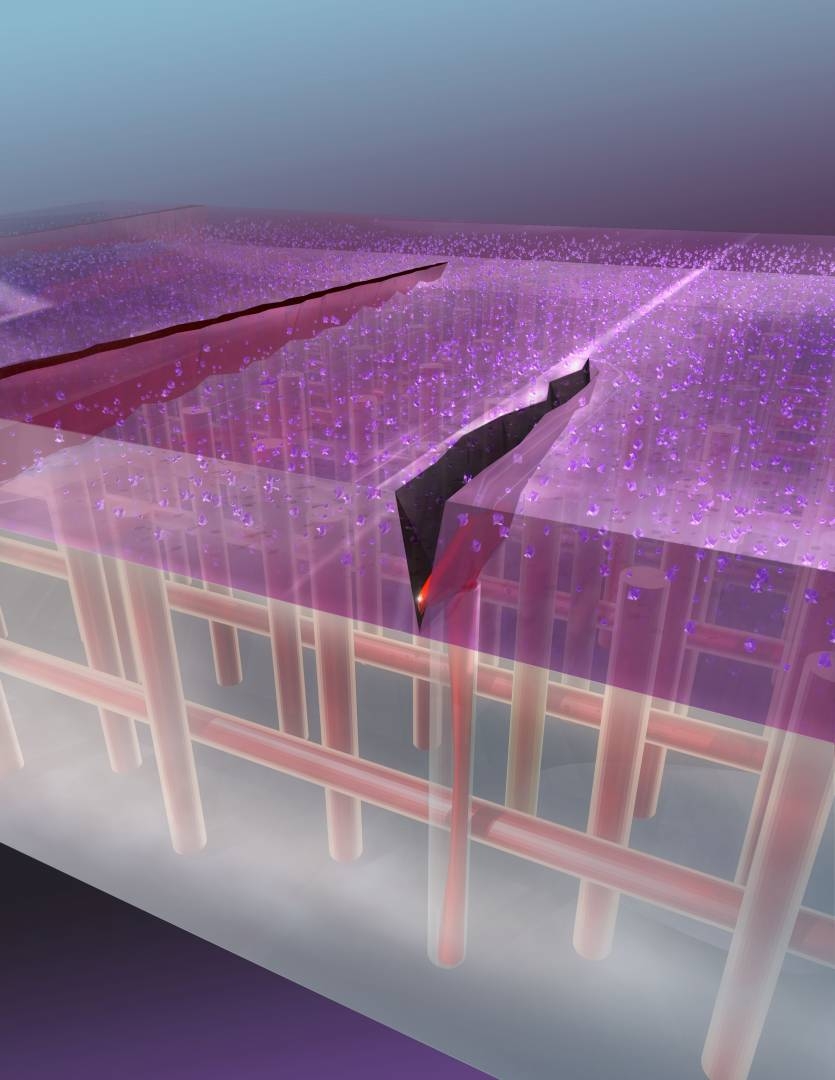
Putting the “Science” in “Science Fiction” – Kang the Conqueror
Kang the Conqueror is a character from the Marvel Comics universe who hails from the 30th century. He is a genius with machinery and military tactics, and has access to the most advanced military technology that his age offers. Of all the devices at Kang’s disposal, perhaps the most impressive is his time ship, a spacecraft that allows him to travel through time. He uses this impressive craft to travel into the future and the past, giving him access to technologies beyond even the 30th century and allowing him to conquer empires in the past.
Time travel is fairly common throughout science-fiction and is sometimes simply mentioned in passing, while at other times it provides the central plot of the story. There are many potential risks and challenges if time travel were made possible, including issues involving paradox and causality, but these concerns are moot until a method of time travel is discovered. How time travel is made possible is rarely described in science-fiction, and although the obstacles seem nearly insurmountable, there are several theories of how time travel might be possible.

One theory suggests that creating an incredibly long and extremely dense cylinder could allow time travel if the cylinder was spun on its long axis. The theory states that an infinitely long cylinder, and possibly one that is less than infinitely long, would create closed timelike curves, a theoretical structure that could potentially allow travel into the future or past. Unfortunately, there is no currently understood method to create a structure with infinite length, and even if it were possible, the scientific community is beginning to doubt the possibility of closed timelike curves existing at all.
Another potential method of traveling into the past is one which I made passing reference to in my previous blog. One theory states that if one end of a wormhole that allows objects to be transferred through it were accelerated to nearly the speed of light, or placed within an intense gravity well, the wormhole would dilate. This dilation would mean that anyone from the present who traveled through the end of the wormhole that had been moved would emerge from the other end when it was created, thus traveling backwards in time. This method has smaller obstacles than the other, as stable and traversable wormholes would have to be created and maintained, and a means of moving them discovered. The main limitation of this method, however, is that it would not allow a person to travel back further than the point at which the wormhole was created, making it more of a gateway into a specific area of the past than a time machine capable of traveling to any time and place.

Although there are many issues that make traveling backwards in time difficult or impossible, traveling forwards in time is relatively easy. Technically speaking, everything in existence is moving forwards in time each second, and this phenomenon can be used to allow people to move into the future. Some might consider suspended animation or cryogenics as a form of time travel, as the person would go into suspension in the present and be awakened in the future.
Another method of forward time travel would involve a person in a spacecraft being accelerated to speeds approaching the speed of light. By leaving Earth at near light speed, reaching a certain distance, and then returning, time would have passed differently for the person in the spacecraft than for those back on Earth. This is because of the way acceleration causes time to dilate and appear to flow differently as someone reaches higher speeds.
For all intents and purposes, the person in the spacecraft would have traveled into the future, and although time would have passed for him, it would have been nowhere near as long as the time that would have passed in the outside world. The main issue with traveling into the future through any method is that it is likely to be a one-way trip, unless backwards time travel has been invented in the future.









